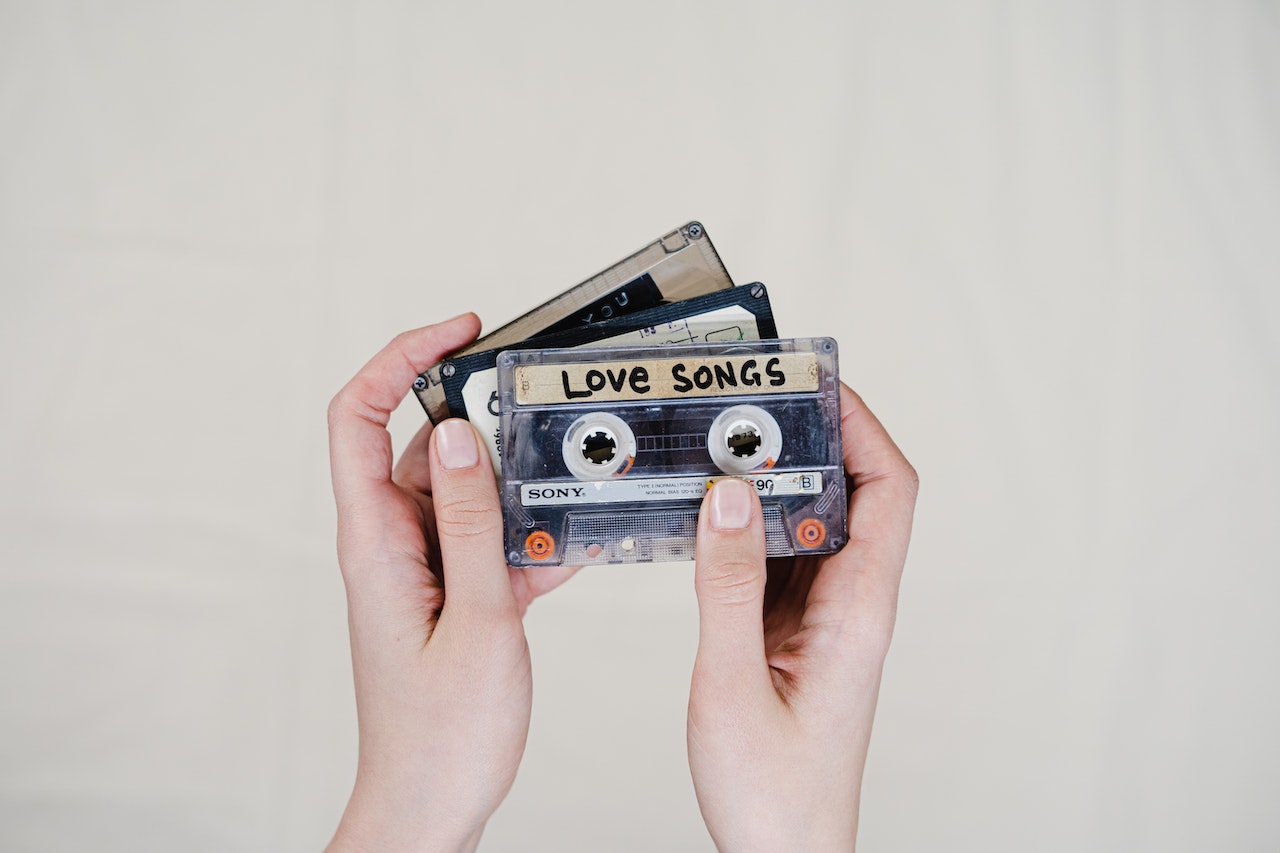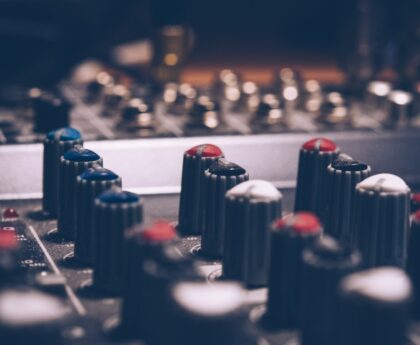Music distribution is the link between your finished record and your future fans.
Distribution is a crucial part of music promotion. Brick and mortar music distributors used to be the only way for record labels and independent artists to get their records in the hands of listeners.
But digital music distribution has taken the center stage. Digital surpassed sales of physical mediums for the first time in 2015.
As an artist, digital distribution has become a must in order to reach all your potential fans. Smart distribution grows your visibility. It gets your music into as many ears as possible. And it helps you get paid for your music.
So here is everything you need to know about digital music distribution and how to do it right.
How Digital Music Distribution Works: Then and Now
Traditionally, distributors got records into stores and labels got people to go buy them (through promotion). Along the way, each of these middlemen took a percentage of the revenue.
This system still exists today. At least to some extent…
But the role of distributors and record labels has changed dramatically. Not to mention the changes the internet has brought in the way people consume music. People spend more time online, and less money on physical music.
Plus, the resources and energy of physical distributors are often focused on top-selling records only. Smaller bands who sign to them get trapped in exclusive agreements that end up hindering their success.
That’s why digital distribution has become the smart way to get your records out there, keep full rights to your music, and start building a name.
What Is Music Distribution?
Music distribution is how music gets delivered to the listener. Traditionally, distributors enter agreements with record labels to sell to stores. However, digital distribution changed all of that by cutting out the middleman—allowing artists to distribute music directly to online stores while keeping 100% of their royalties.
How Digital Music Distribution Works Today
The goal of digital distribution is to get your music on Apple Music, Spotify, Tidal, and other streaming platforms including social media sites like YouTube and TikTok.
Think of them like a digital record shop—Once you get your music in them, people can stream, download and buy your music. In exchange you receive royalties depending on how and where your music was listened to.
Just like traditional record stores, digital music stores receive music from digital distribution companies. But instead of shipping boxes of vinyl every week, digital distributors deliver digital music to the major music stores I mentioned above.
So what used to take weeks or months of shipping and manufacturing—not to mention a lot of upfront costs—is now as simple and fast as a couple of clicks




